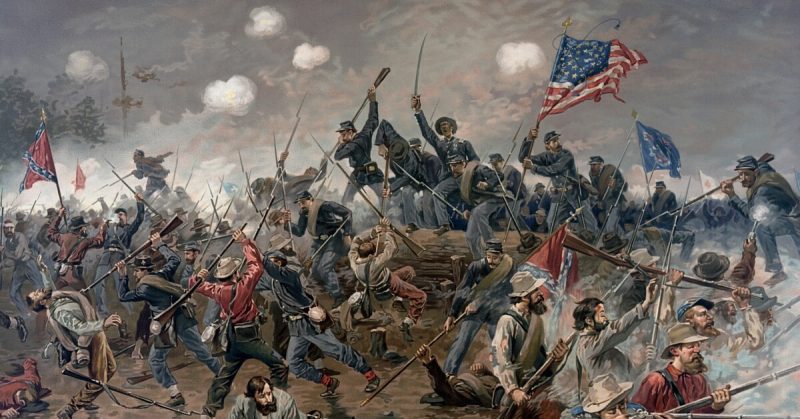The American Civil War is a devastating mark on the history of America. The number of lives lost was substantial, and the social and economic repercussions, though some needed, changed the face and future of the United States forever.
These are a few of the deadliest (and most important) battles of this historic conflict.
Fort Donelson
The Battle of Fort Donelson took place in early February of 1862. Fort Donelson, located near the Cumberland and Tennessee Rivers, was a Confederate stronghold backed up by thousands of soldiers. The Union, lead by Ulysses S. Grant, attacked the fort after their initial taking of Fort Henry.
The Union won the battle, and it was a significant victory on their part, as it resulted in the surrender of 12,000 Confederate soldiers and new power in Kentucky and access into Tennessee. The number of casualties? 17,398, mostly Confederates.
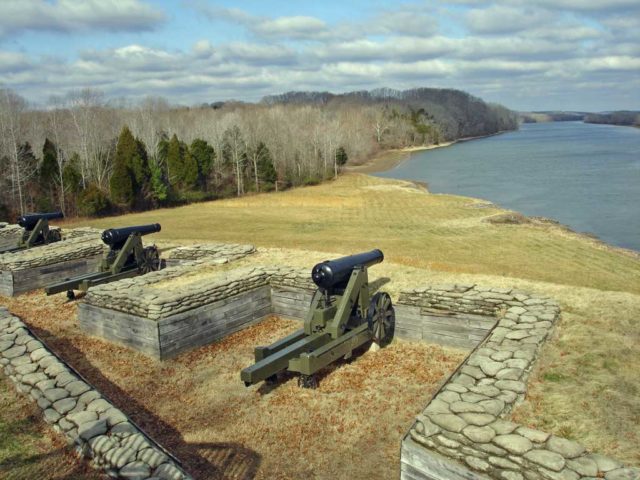
Second Bull Run
The second Battle of Bull Run took place in Manassas, Virginia, and evidence of the battle can still be seen today. It was a Confederate victory resulting in 22,180 casualties, with slightly more than half of those casualties occurring on the Union side. This battle is considered one of the most important for the Confederacy.
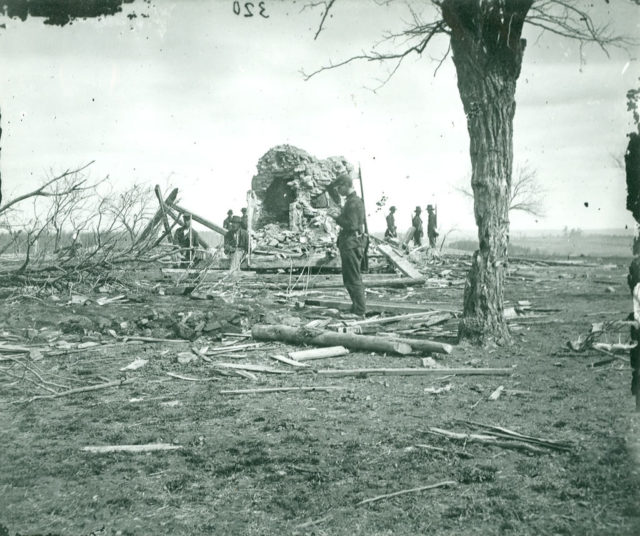
Antietam
It’s not entirely certain who won the Battle of Antietam, but there’s no doubting the heavy losses on both sides, resulting in 23,100 casualties. The result of the battle was the Confederate retreat across the Potomac, after the battle took place in Maryland, in mid-September, 1862. Not long after the battle occurred, President Abraham Lincoln gave his Emancipation Proclamation, one of the most important events in American history. While this battle certainly isn’t the deadliest on our list, it is significant, as September 17th was the bloodiest day in America’s military history so far.
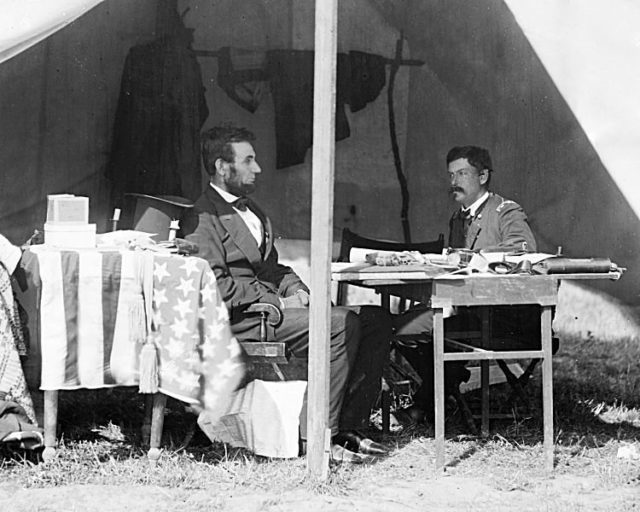
Stones River
This Tennessee Union victory was not far ahead of the Battle of Antietam in terms of casualties, coming out at 23,515. After a Kentucky battle, Confederate and Union troops clashed outside of Nashville in December of 1862. The battle began on New Year’s Eve, took a small recess on New Year’s Day, and then resumed on January 1st, 1863. It lasted until January 5th when the last of the Confederate troops retreated further into Tennessee. When the troops retreated, the Union did not follow, proclaiming a victory for themselves and awaiting their next opportunity.
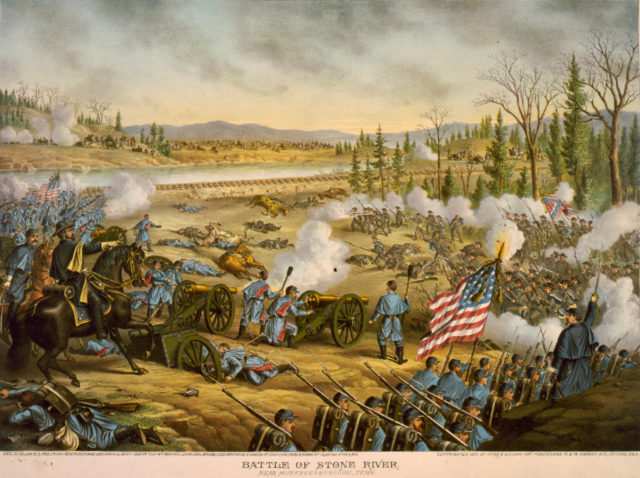
Shiloh
Another Tennessee battle, the Battle of Shiloh took place in April of 1862. The Union did win this battle, although they suffered the most casualties. The total number of fatalities was 23,746, and 13,047 of these fatalities were on the Union side. However, despite this, they still won the battle.
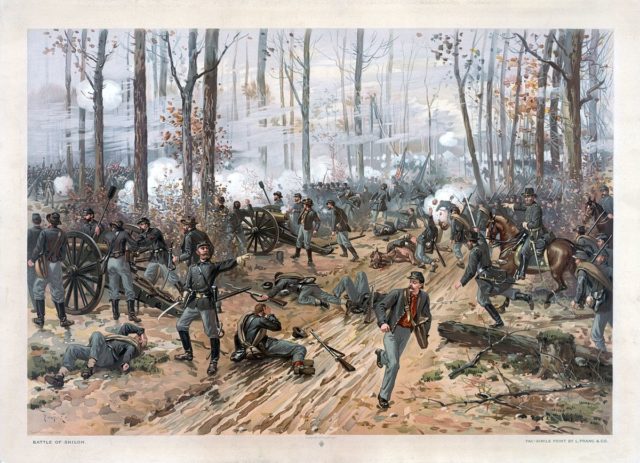
The Confederacy lost a chance to overpower the Union troops, after the Confederacy launched an attack on General Ulysses Grant at Pittsburg Landing and the Union called for reinforcements and the Confederates lost their general. After a counterattack planned by Ulysses, the Confederates were forced to retreat, despite their better numbers.
Chancellorsville
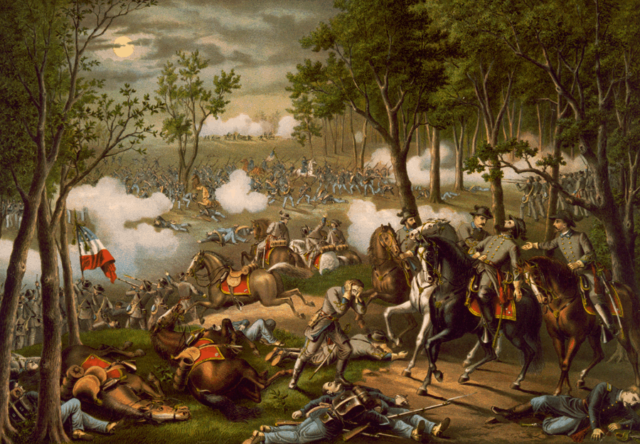
The Virginia Battle of Chancellorsville took place nearly a year later, in 1863, taking place in late April and early May. The Confederates took the victory under General Robert E. Lee, and there was a total of 24,000 casualties, approximately, with the Union suffering 14,000 and the Confederacy suffering 10,000. The battle is told in many history books as General Robert E. Lee’s best and most important victory throughout the war. However, the Confederacy also suffered a huge blow during the battle with the death of Stonewall Jackson. The worst part? Jackson was killed by his own men, accidentally wounded at night due to a soldier mistaking his identity.
The Wilderness
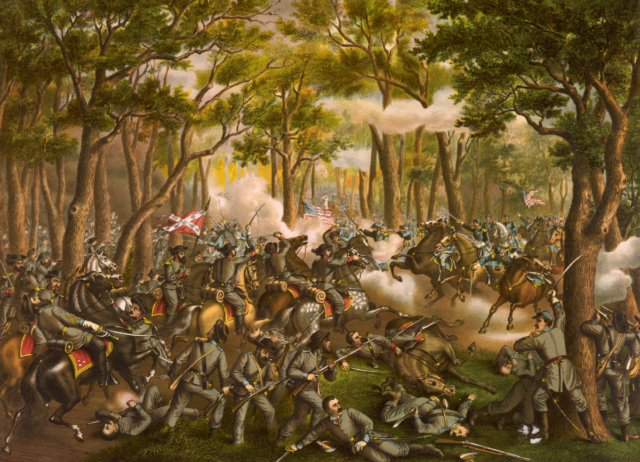
In May of 1864, more than 100,000 Union troops went head to head with only 60,000 Confederates. With Ulysses Grant newly in charge of the entire Union army, he planned to attack Robert E. Lee in what was to become a historically tragic battle. The Union lost about 17,666 men and the Confederacy lost about 11,000 for a total of more than 28,000 casualties. Worse yet, one night, with many of the dead and dying lying about the battlefield and camps, a fire broke out over the landscape, killing those who could not escape. The resulting scene of the Battle of the Wilderness has been depicted as one of the most horrific of the war.
Spotsylvania Court House
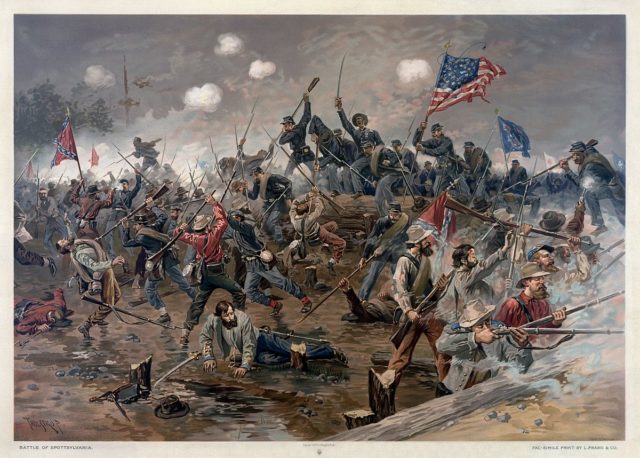
Taking the third spot on our list, the Battle of Spotsylvania Court House took place near the same time as the Battle of the Wilderness, also in May 1864. Again, there is no clear winner in this battle, but there were almost 30,000 casualties, though more were on the Union side. The battle saw Generals Grant and Lee go at it again, for nearly two weeks, in a series of battles often grouped into one in retelling. Many important military figures on both sides were killed, before the two sides broke it off and the Union continued their march to Richmond, Virginia.
Chickamauga
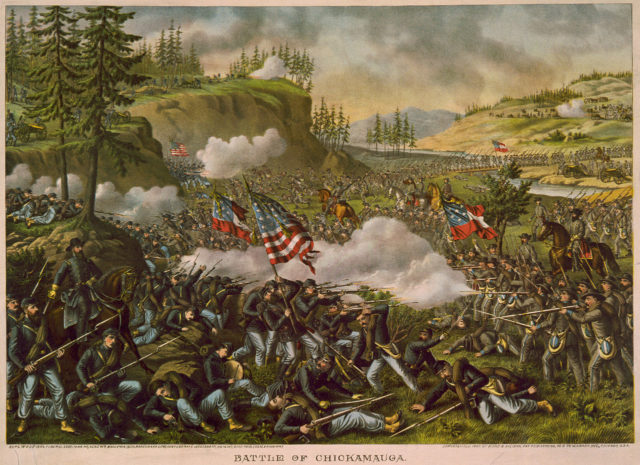
The Battle of Chickamauga took place in Georgia, in 1863, resulting in 34,624 casualties, split almost evenly between both sides. The Confederate army won, forcing the Union army back into Tennessee. While the battle did not play much of an important role in the overall war and was not significant on either side, it was the second most deadly incident over the Civil War, earning it the second spot on our list of the Civil War’s deadliest, bloodiest battles.
Gettysburg
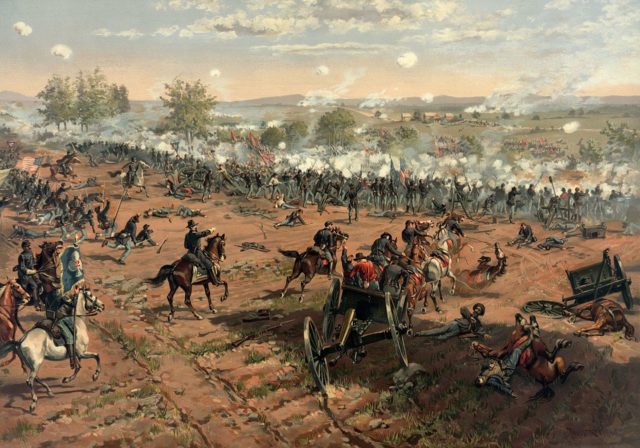
Arguably one of the most well known and the most easily recognizable battles in the Civil War, the Battle of Gettysburg was also one of the absolute deadliest. The three-day event resulted in more than 50,000 casualties. Regardless of its date almost two years before the war’s end, it was the beginning of the South’s destruction. From this point forward, the South no longer attempted to invade the North with their war efforts, and battles were fought on Southern ground. The battle site, in Pennsylvania, is one of the most popular, if not the singularly most popular, Civil War site in the country.
